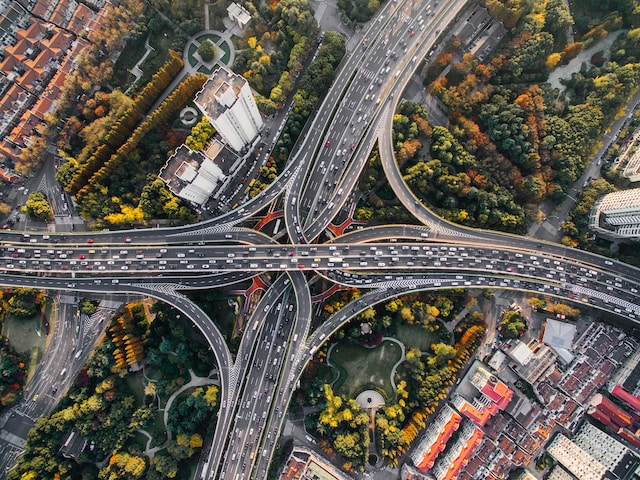
Traffic direction signs play a significant role in ensuring that all people can safely use roads and streets. This is especially true for drivers, pedestrians, and cyclists. The key to being a safe driver is understanding these traffic signs and their meanings. Below are some examples: YIELD – This sign warns you to slow down and yield to crossing traffic.
They Help Pedestrians Cross the Road
There are many types of traffic direction signs in Seattle, WA, to help keep pedestrians safe. For example, a steady WALK signal indicates that it is safe for pedestrians to begin crossing the street and that they have the right of way over vehicles. This can be helpful in busy areas such as school crossings, city centers, and shopping malls where there are a lot of pedestrians. Other necessary pedestrian traffic signals include the RED X or STOP line that warns drivers to slow down or stop when entering the intersection. This helps prevent accidents when drivers turn left across the crosswalk or run a red light. Other helpful pedestrian signs include the YIELD sign, which is triangular and instructs motorists to yield to people who are trying to cross the road. This is often posted at intersections with a crosswalk or when the roadway narrows due to dividers or other obstructions.
They Help Drivers Avoid Accidents
Regulatory signs like speed limits and stop signs ensure that drivers follow the rules of the road. Other traffic management signs warn drivers of upcoming conditions that require increased vigilance, such as sharp turns or curves. In addition, warnings of slippery road conditions or construction zones can prevent accidents. Drivers must also be aware of the lane use control signs. The shape and color of the arrows on these signs indicate whether or not you can pass other vehicles, change lanes, or turn at that point. For example, a lane with a single broken line means you can pass other cars if it is safe and you do not interfere with traffic flow. However, a lane with two solid lines indicates that you cannot pass or cross the line except to make a left turn into a driveway. Your taxes pay for these signs, so knowing what they mean is essential before you get behind the wheel.
They Help Facility Owners Manage Their Parking Lot/Road System
Signs help keep traffic moving smoothly and efficiently, reducing congestion and improving the quality of the driving experience for everyone on the road. They guide drivers, warn pedestrians and cyclists of dangers, and communicate expected behavior at intersections and large lots or complexes. Regulatory signs, like stop and yield, establish the accepted legal use of the roadway. Warning and advisory signs, such as speed limits and curves, provide information about potential hazards on the road ahead. Service signs, like the “TO” trailblazer and supplemental arrow sign, tell motorists about services at their next exit, including rest areas, hospitals, hotels, campgrounds, picnic spots, gas stations, restaurants, etc. Other traffic management signs, such as truck route and must-turn signs, designate which lane on multi-lane roadways is meant for trucks and which lane is for general traffic. They also warn drivers of upcoming changes in the road system, such as merge points or road closures due to construction, flooding, major accidents, fires, and snow & ice.
They Help Educate Drivers
Many traffic signs help keep drivers aware of what’s happening around them. They can tell drivers where to go, how fast they can drive, what rules they must follow when turning or passing another vehicle, etc. The shape and color of a sign can also tell drivers what it means. For example, a stop sign with a solid line across it tells drivers they must come to a complete stop before proceeding, while a yield sign indicates that you must slow down and give other traffic the right of way. Some signs may even indicate that you can’t pass other vehicles, which helps to prevent collisions between cars. In addition, there are lane use control signs that show you what maneuvers are permitted in a particular lane. These include CENTER LANE LEFT TURN ONLY, which tells you that the center lane is reserved for left-turning vehicles and cannot be used for passing or through traffic.





More Stories
Understanding the Importance of Regular Electrical Maintenance in Homes
The Evolution and Impact of Graphic Design in Business Communications
Ways Machine Vision Integration Can Revolutionize Manufacturing